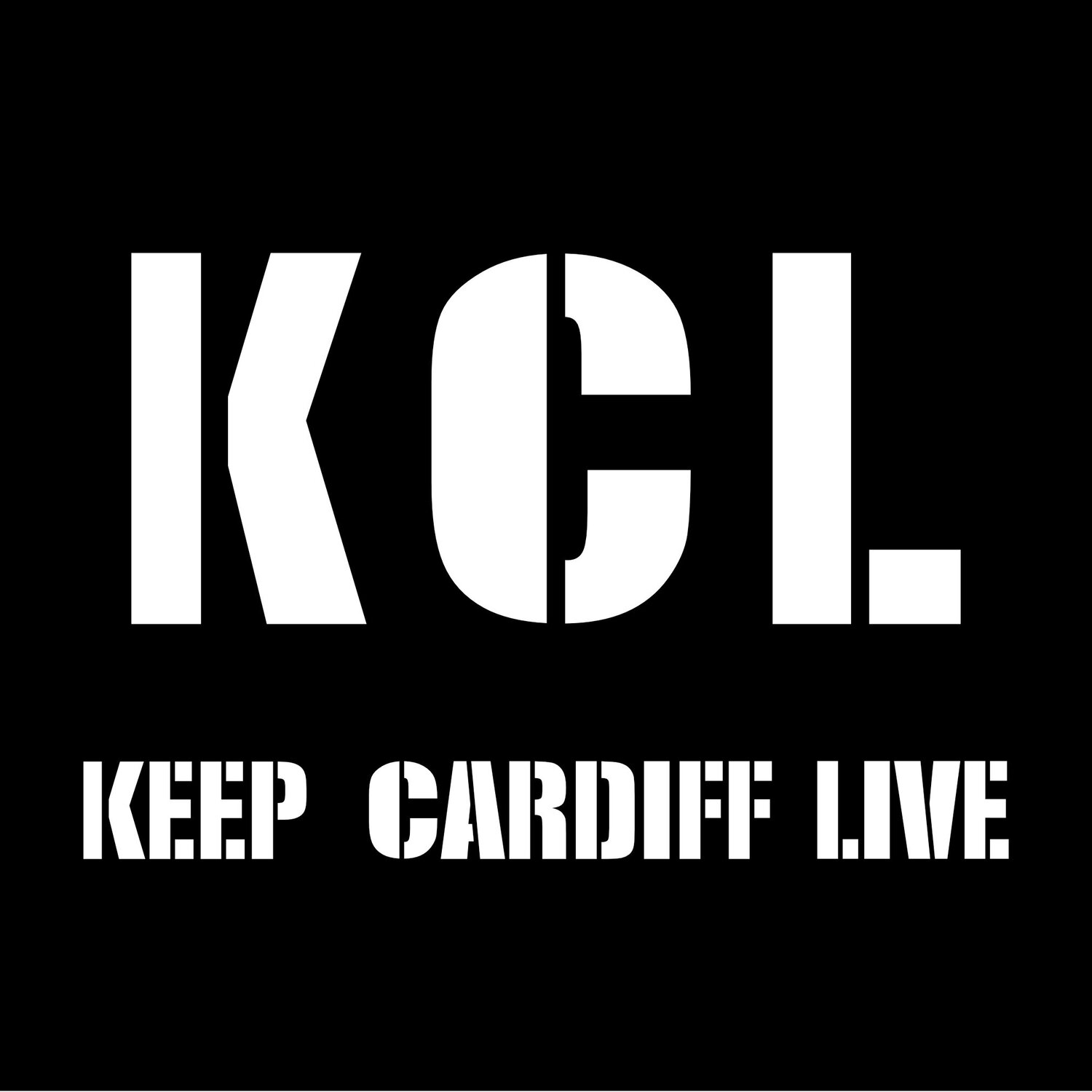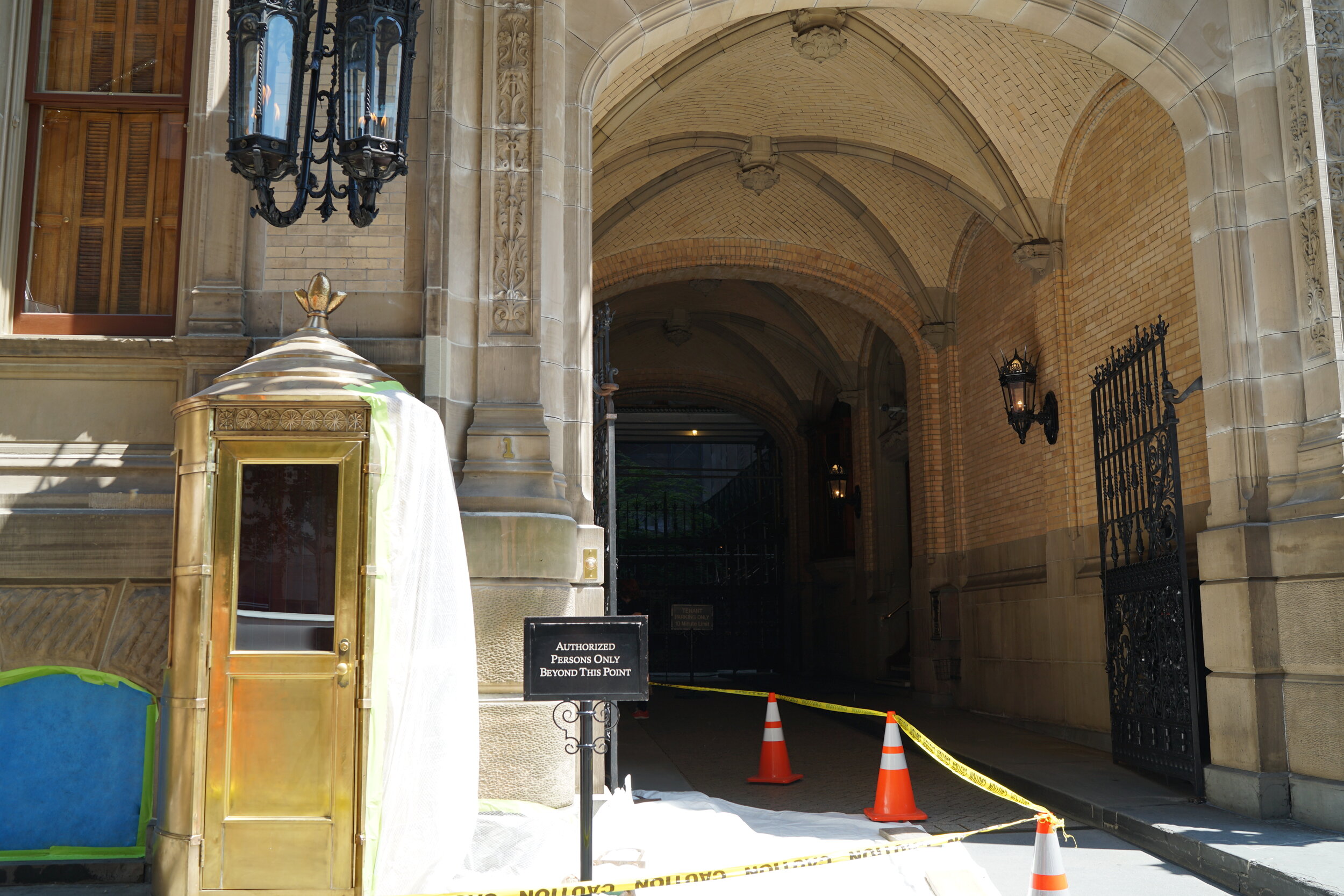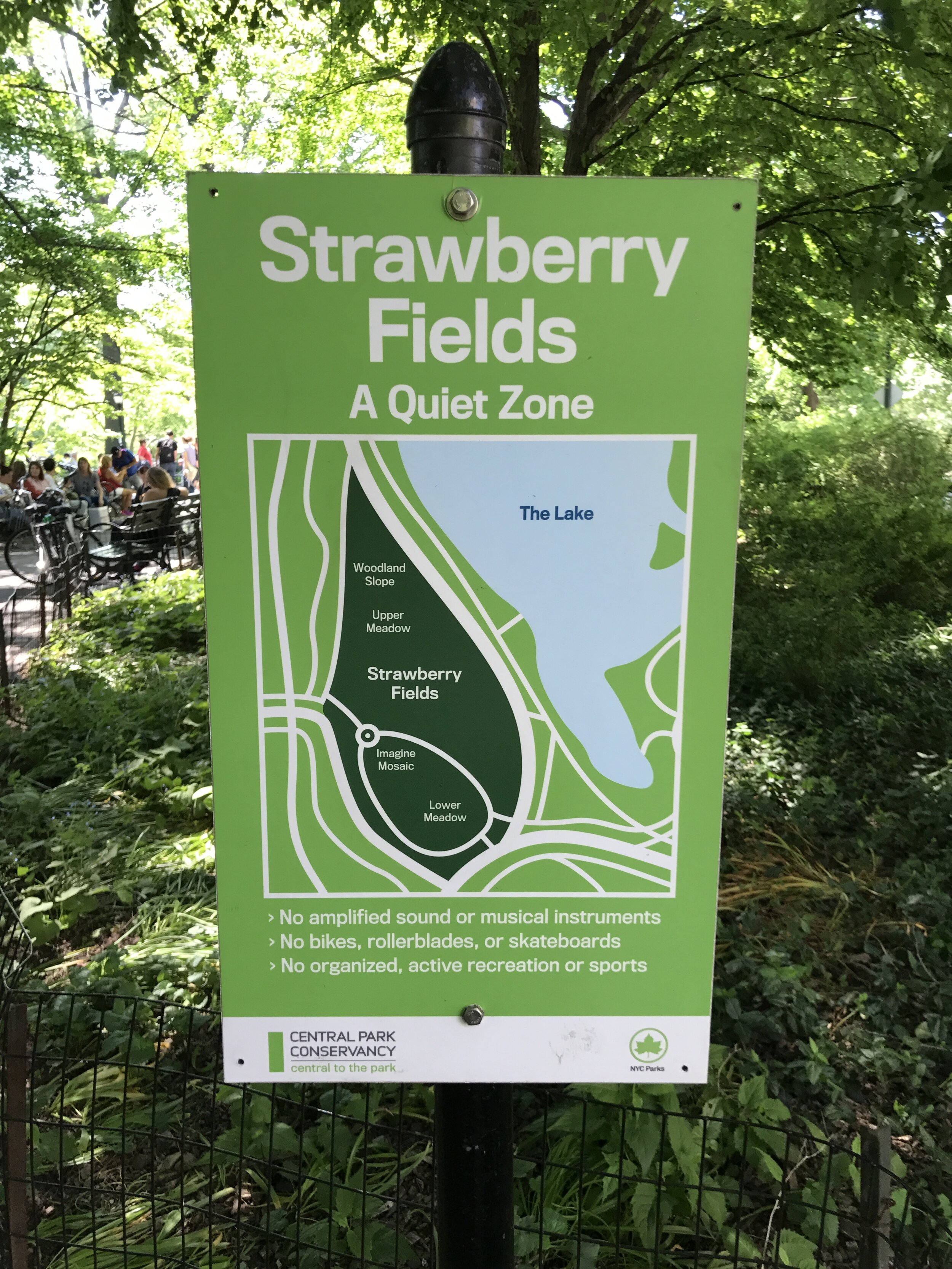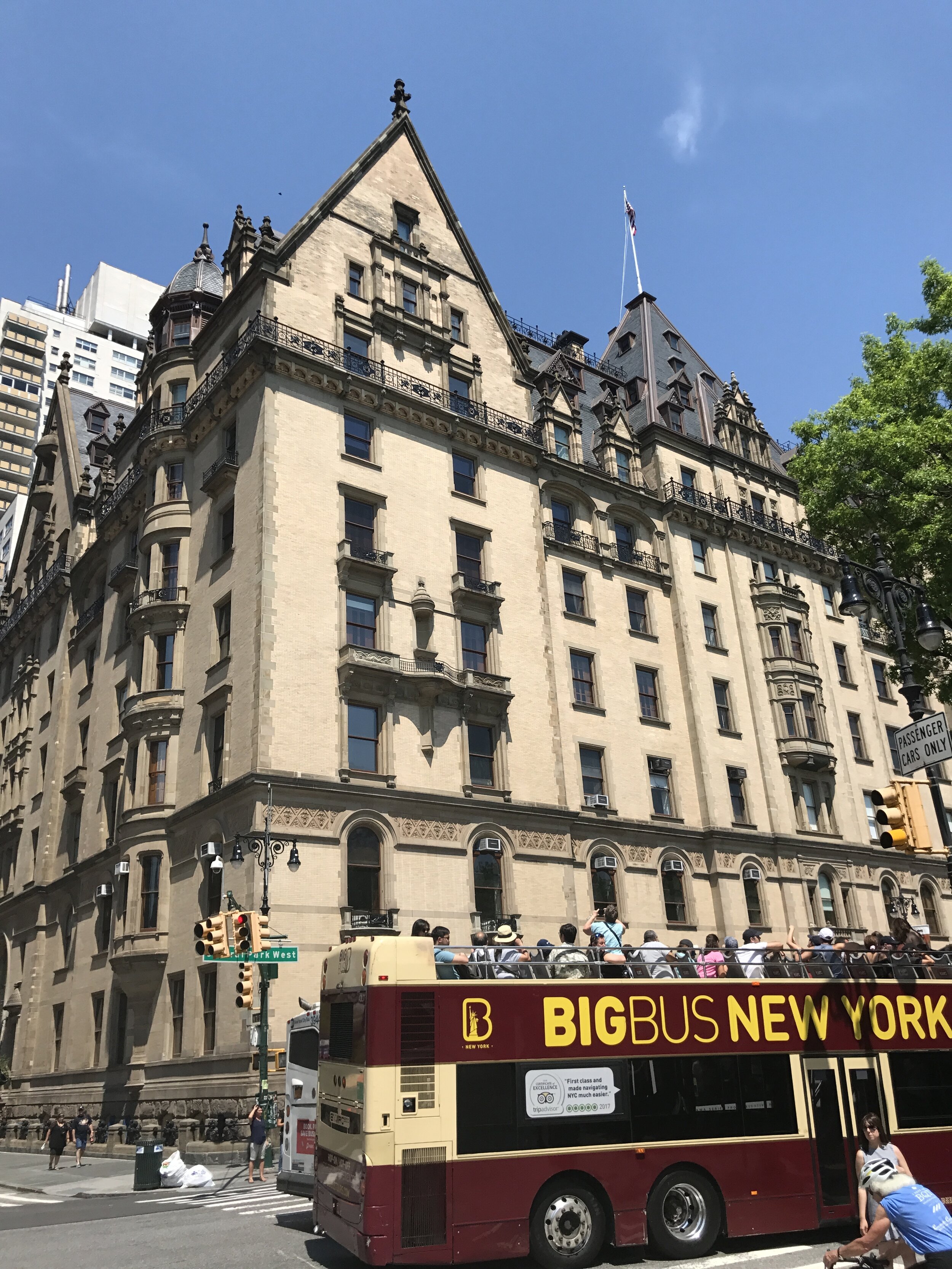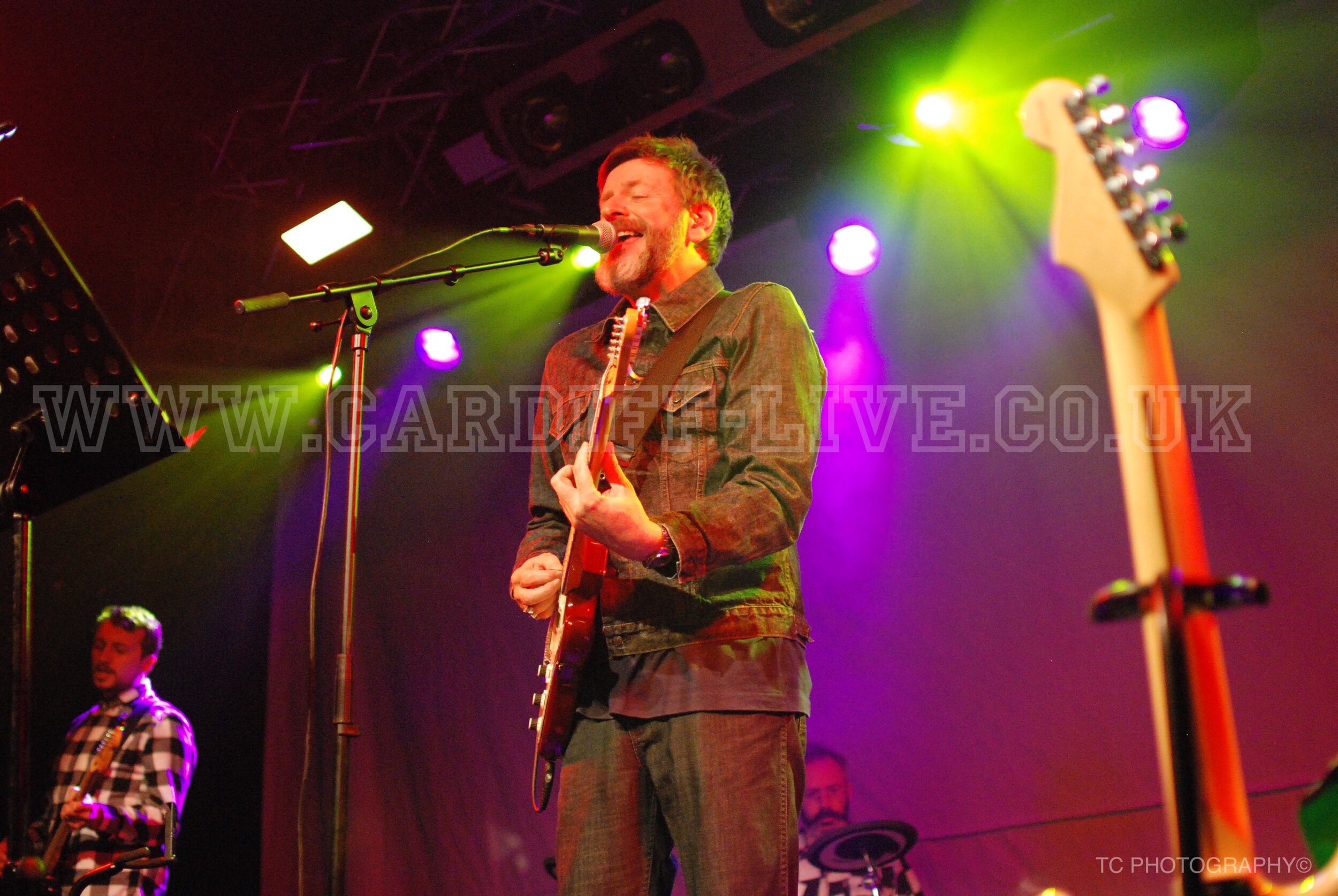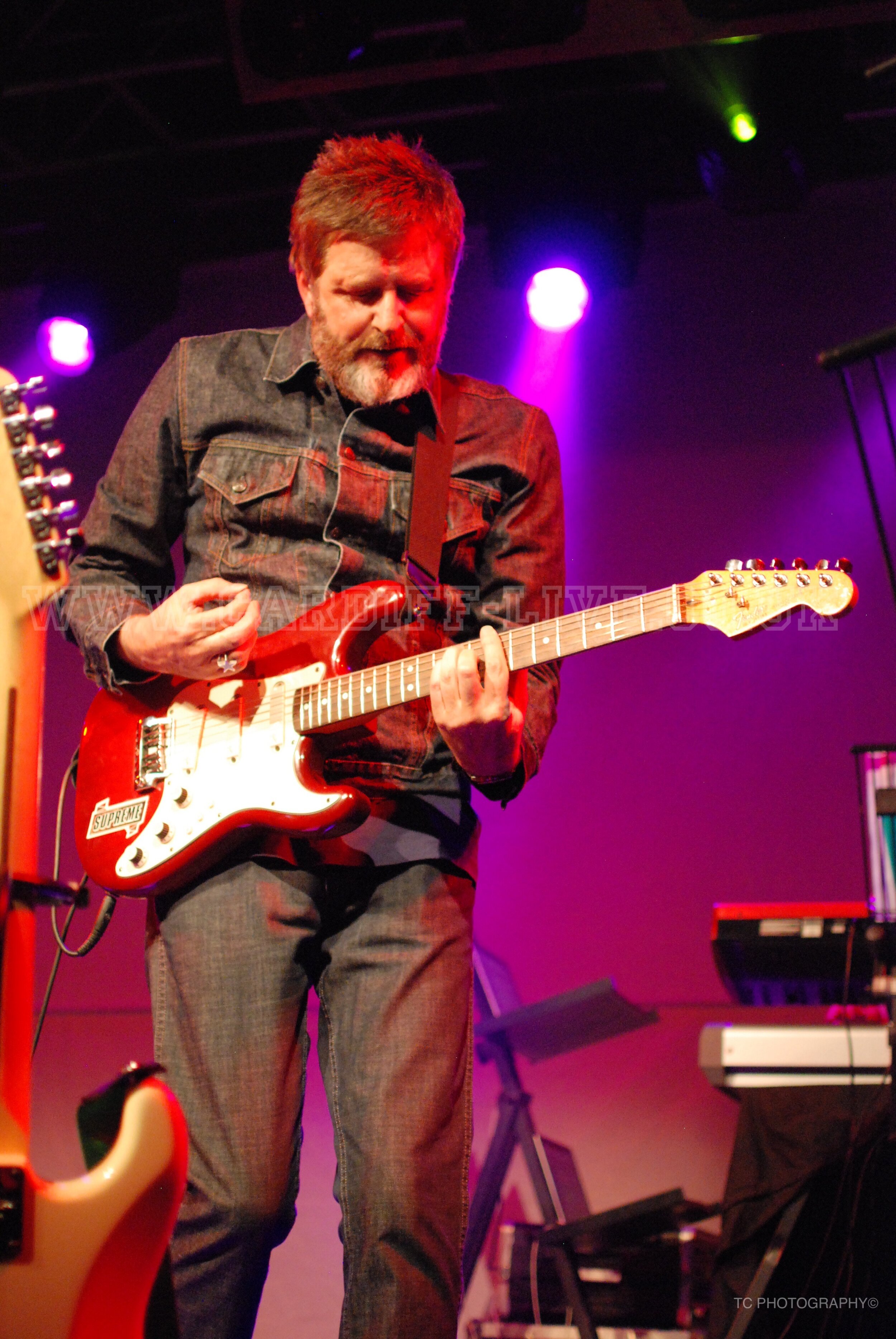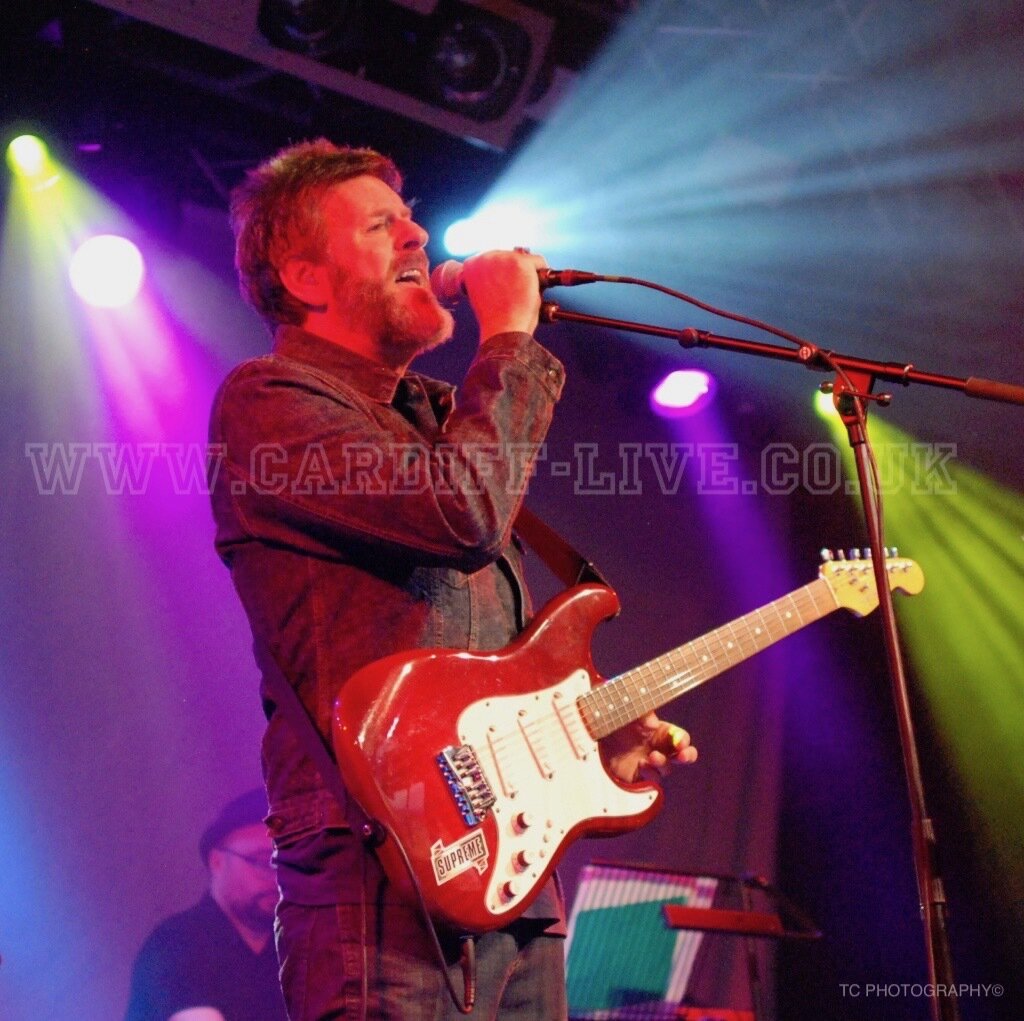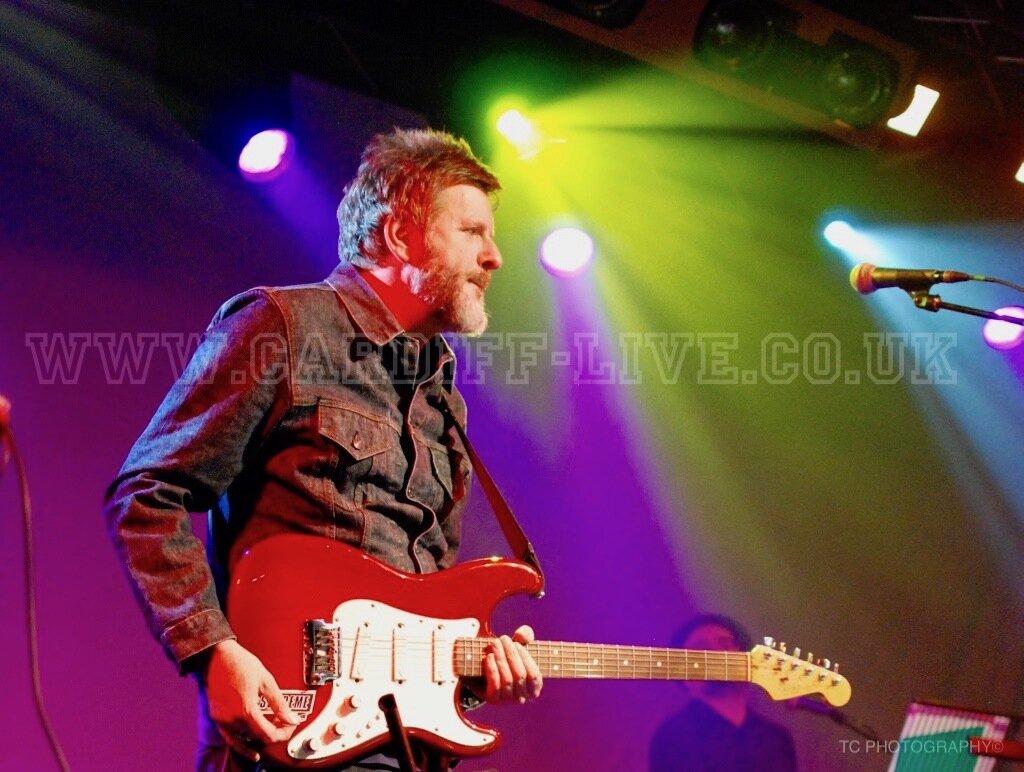As Part of our Twelve Days of Christmas,Day Two We have a Great Vodcast with Cardiff City Legend Adrian Alston
Cap number: 205
World Cups played at: 1974
Position: Striker
Age at World Cup: 25 (now aged 69)
Clubs played for:
South Coast United, St George, Safeway United, Luton Town, Cardiff City, Tampa Bay Rowdies, Wollongong City
Best World Cup moment:
Alston started all three games at the tournament, including the high-profile clash against host-nation West Germany in Hamburg.
In that match he put a classy turn on German defender Hans-Georg Schwarzenbeck, who was rated as one of the best markers in Europe, who just hacked Alston down.
The move – and Alston’s overall display – impressed West German boss Helmut Schon, who later described the English-born striker as the ‘most dangerous player in the Socceroos team’.
Career highlight:
Alston’s eye-catching performances at the FIFA World Cup caught the attention of European clubs, and he eventually signed with Luton Town, who had just been promoted to the old first division.
He also lays claim to being the first player to perfect the move known as the ‘Cruyff Turn’, using it in the clash against West Germany.
"I used to do this trick but not very often,” Alston said in an interview a few years ago.
"Johan Cruyff was obviously watching on television too. He must have practiced it for five days because five days later he did the same thing against Sweden."
Post-playing career:
Alston stayed involved in the game after his playing days, coaching at clubs including Port Kembla, Wollongong City and Bulli FC.
He also worked as a carer for people with intellectual disabilities.
Did you know?
After the game against eventual champions West Germany, Alston was the lucky Socceroo to get the jersey of star player Franz Beckenbauer.
Australia's 1974 World Cup hero Adrian Alston conceded he made the biggest mistake of his footballing career when he snubbed the Bundesliga juggernaut for the rough and tumble English league.
Alston, who is now 68, played a key role in the Socceroos' World Cup campaign and strong performances against East Germany, West Germany and Chile brought him to the attention of some big clubs.
At the time Alston was a semi-professional striker on the books of south coast club Safeway United, who played in the NSW State League.
Hertha Berlin offered him a lucrative package but the English-born striker knocked it back and chose to sign for Luton Town, who had just been promoted to the old first division.
"It was the biggest mistake I ever made," said Alston, who lives in Wollongong and still works with a support group for people with intellectual disability.
"I had three firm offers from Hertha Berlin, Hamburg and Eintracht Frankfurt and I chose Hertha. I will never forget the contract: $40,000 signing-on fee and so much a week plus an apartment until I got myself organised.
"We had agreed terms and a transfer fee had to be arranged between Hertha and Safeway.
"By the time I got back to Australia Luton had expressed an interest because I had scored against them during the Socceroos' world tour the year before and they remembered me, they said.
"Of course, I was thinking my wife and I had family in England and there would be no language barrier. Luton also had just been promoted to the big league and I opted to join them.
"It was a big mistake and Franz Beckenbauer would sum it up perfectly when I met him in America later and he was spot-on.
"He asked me why I went to England when the national team did not even make the (1974) World Cup let alone be a top team.
"He told me everybody in Germany had watched my games and he could not understand why I chose to go to England where nobody had seen me play.
"England were not interested in the World Cup because they did not qualify. In Germany it would have been a massive thing for me and they would have accepted me with no problem at all."
'Noddy' Alston, who played 43 times for the Socceroos, was happy to talk to The World Game about his club and country career and the great adventure surrounding the 1974 World Cup.
What was Australian football like in the pre-National Soccer League days?
"I came from England. I was an amateur at Preston North End and after a year I was offered a chance to come to Australia. I said 'why Australia?'. I was told the heavy grounds in England did not suit me because I was a ball player.
"I grew up quite quickly in Australia with the great lifestyle, the nice food and the grounds that suited me. And it went from there.
"The NSW State League comprised almost the whole of the national team and it was a very strong competition. I was playing on the south coast when I was picked for the World Cup."
What do you remember most from the playoff with South Korea for a place in the 1974 World Cup?
"I was speaking to Jimmy Rooney just a few days ago and we both agreed that at the time we did not fully realise what we had achieved until we actually played in the World Cup in Germany.
"To be able to get among the best 16 in the whole world in a tournament like that and be recognised was incredible.
"The game in Hong Kong when we beat South Korea 1-0 obviously sticks in your memory because we were just semi-professional footballers who were not exposed to the world."
The whole qualifying campaign involving tens of thousands of kilometres must have been horrendous.
"Rale Rasic had built a family-type atmosphere within the group from the world tour we had undertaken the year before. We did everything together. And talking about the endless flights ... I am the worst traveller now because of my knees and legs but I always hated flying.
"I remember once I was on a three-seat side of a plane with Col Curran and Atti Abonyi. Curran grabbed a few blankets and laid down on the freezing floor. Atti and myself tried to keep our feet up trying to be comfortable but it was horrendous.
"We spent so much time in the air and in different beds and hotels that our sleeping patterns were always interrupted. Looking back, you ask yourself 'how did we manage to do that?"
Tell us about your dribbling move that later would be immortalised by Johan Cruyff as the 'Cruyff turn'.
"I used to do this trick but not very often. I tried it a couple of times in our first match in the World Cup against East Germany and then it came off. I turned the defender, who was rated as one of the best markers in European football, inside out and he just hacked me down.
"West Germany coach Helmut Schon must have seen me do it when he said I was the most dangerous player in the Socceroos team.
"Johan Cruyff was obviously watching on television too. He must have practised it for five days because five days later he did the same thing against Sweden."
Was playing West Germany at the World Cup the highlight of your career?
"Without a doubt it was ... and getting Beckenbauer's shirt after the match was the icing on the cake.
"Apparently, some museum in Germany wants me to go over there to show them the shirt because they don't have a green Beckenbauer jersey from the 1974 World Cup. I think they want to exhibit it for a while.
"I will never forget that match in Hamburg and the occasion, even though we lost 3-0."
You guys had to introduce yourselves to the current Socceroos in a recent official get-together. Do you feel your achievements have not been adequately recognised?
"Of course. Every time you look at an international game from overseas in Germany, Netherlands or England you can always see retired heroes doing something for the game.
"They are involved in different sorts of things not just watching the game so they will always be famous and popular within their own country.
"Now tell me, how would a 20 year-old Australian football fan know who I am?
"Even my grandkids at first did not even know I played for Australia and they only believed me when I showed them some little video clips."
What was coach Rasic like? What was his favourite kind of player and what was his pet hate?
"We had plenty of barneys with Rale but he always won. If you were to look at football today he would be a sort of Jose Mourinho, somebody you knew he was the chief by just looking at him.
"He loved us to have a joke but at training and in games it was different. You had to do the right thing.
"We had different players come and go but Rasic always told us 'I don't look at the player but the man'. He obviously meant that he wanted players who were capable of fitting in with us.
"Nowadays you hear things about players wanting their own room, wanting this and wanting that. Not with Rale, no chance: you had to be part of the whole group, the family.
"Today you get all these players listening to music with headphones and not even talking to each other. Rale had us as one big family in the bus, joking, singing and going mad at each other. He loved the camaraderie. He really did.
"His pet hate: he had a million of them. He used to get frustrated by players who did not give 100 per cent. He sometimes told me 'as soon as you score a couple you switch off' and he would sub me. He was big on discipline. Without it we would never have got the World Cup."
What are your recollections from your stint in the English first division?
"I started quite well in the first few games in 1974 when the weather was fine and I had a good match at Highbury against Arsenal when I scored and hit the post ... that's when people started taking an interest in me.
"But when the winter set in the heavy grounds became my undoing. Our home ground was often like a bog. It was like playing in mud so my game of running with the ball and taking people on went out the window. I also got injured.
"It was a difficult season and Luton ran into financial problems and could not pay me. So that's when I signed for Cardiff who agreed to pay me the money I was owed. I had a lovely time in Wales.
"Playing in the big grounds was wonderful but nothing beats the World Cup."
Which was the greatest Socceroos team?
"In my opinion if we had been full-time professionals like they are now we would have held our own with any Socceroos side.
"By that I mean same training, same conditions and same travel arrangements.
"I think the 1974 team was the best balanced of all. We were quite strong all over the field. Some other Socceroos teams had five or six good players and other ordinary ones while we were the best balanced."
Do you wish you played today?
"If you asked me if I could play today I'd say all I can hope for is a spot on the bench. The reason is I'm 68!
"Seriously, the only reason I would want to play now is the financial one.
"From a playing perspective it would have been much easier for me as a striker because there is no tackling from behind today.
"They used to follow through with the tackling and you got wiped all the time. It would've been easier and more comfortable to be able to receive the ball and bring it down. It was accepted to go for the leg and the ball at the time. Life is much better for the strikers nowadays."
Who were the best footballers you played with and against?
"Abonyi, who today would be a No 10, is the finest player I have played with by a million miles. We had a telepathic understanding of what each one of us was going to do at our club St George and with the Socceroos.
"I played against Pele and George Best but Beckenbauer would have to be the greatest I've ever played against without doubt."
Who are the players you admire most abroad and in Australia?
"Everybody says the same thing but Cristiano Ronaldo and Lionel Messi have an unbelievable talent. Many people say Ronaldo's a big head but he's generous off the field and I like him."
Who is your all-time favourite player: Di Stefano, Pele or Maradona?
"For me it's none of the three: it's Beckenbauer hands down.
"This is not just because I played against him twice, I have his shirt and I spoke to him in America. In 2006 he came over to us Australians, signed my shirt and brought me a DVD and I thought to myself 'what a wonderful man to remember me like that.
"As far as the striker role is concerned I will go for Pele."
ADRIAN ALSTON FACTFILE
Club career:
1968-1969: South Coast United
1970-1972: St George
1973-1974: Safeway United
1974-1975: Luton Town
1975-1976: Cardiff City
1977: Canberra City
1977-1978: Tampa Bay Rowdies
International career:
1969-1977: Australia (43 games)
Honours:
Cardiff: Welsh Cup 1976
